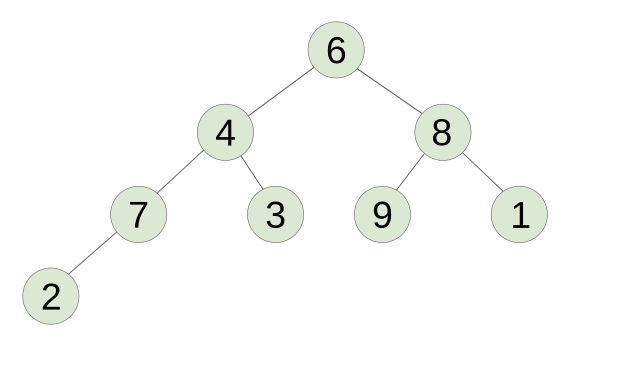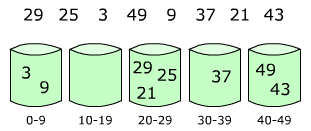Analyn S. Obal
1. The purpose of packages is to group the classes into a subsystem. Packages serves as containers for the classes or use cases such as class diagram, sequence diagram and so on..

Reference: http://vinci.org/uml/packagex.html
2. Component diagram shows the components of the system and how they are related to the system, while class diagram is shows the association and inheritance and do not represent any particular processing.

• A simple example showing 3 dependent components
• The Web browser communicates customer orders to a shopping cart
• The shopping cart accesses a database for persistence and for transactions
Reference: http://vinci.org/uml/componentx.html
3. The deployment diagram it shows how the component of the system are physically related and it illustrate the physical implementation of the system, including the hardware, the relationship between the hardware, and the system on which it is deployed.

• Captures the distinct number of computers involved
• Shows the communication modes employed
• Component diagrams can be embedded into deployment diagrams effectively

Reference: http://vinci.org/uml/deploymentx.html
4. Steps in putting UML to work:
A.) Defining the use case model.
• Find the actors domain problem by reviewing
• Identify the major events and develop a set of primary cases.
• Refine the primary use cases to develop a detailed description of a system
• Review the use case scenarios with the business area
B.) UML diagramming system analysis phase.
• Derive activity from use case diagrams.
• Develop sequence and collaboration diagram from scenarios.
• Review the sequence diagram with the businesses area..
C.) Develop the class diagrams.
• Look for noun in use cases.
• Define the major relationships between the classes.
• “Has a” and “is a” relationships between class.
• Examine use case and sequence diagrams to determine the class.
• Create class diagrams that show the classes and relationships that exist in the use case.
D.) Draw state chart diagrams.
• Develop state chart diagrams to aid in understanding complex process.
• Determine method by examining state chart diagrams, Derive state, Attributes of the class are public (accessible externally), Private – internal to the class.
.
E.) Begin systems design by refining UML diagrams
• Write class specifications.
• Develop methods specifications of input and output requirements for the method.
• Create set of sequence diagrams.
• Create class diagrams using specialized class symbols.
• Analyze the class diagrams derived system components.
5. UML is important for modeling because it communicates and describes design concepts. It has a great and powerful quantity of the systems analysis and it also useful tool in the design toolbox.









 illustration of Stack
illustration of Stack